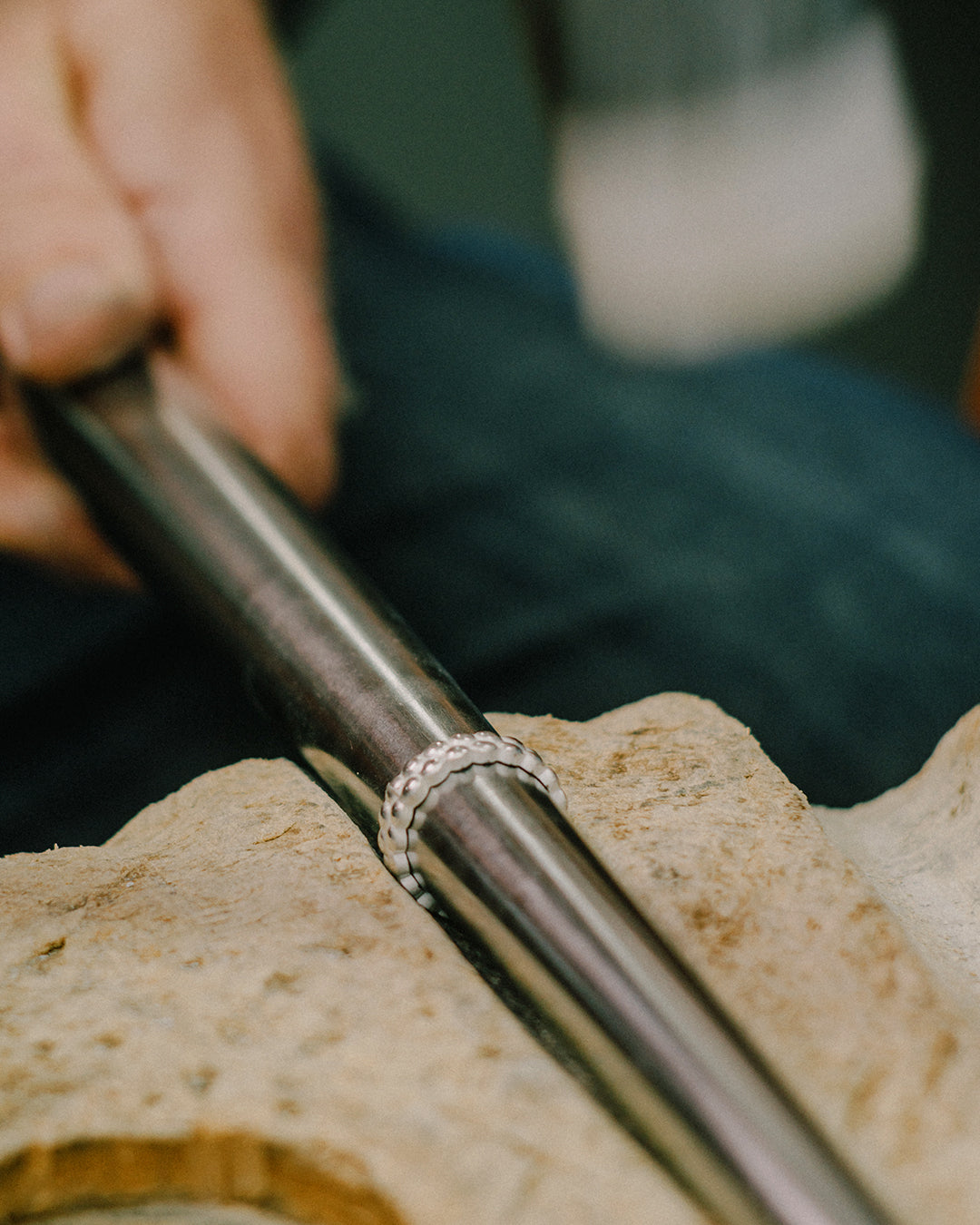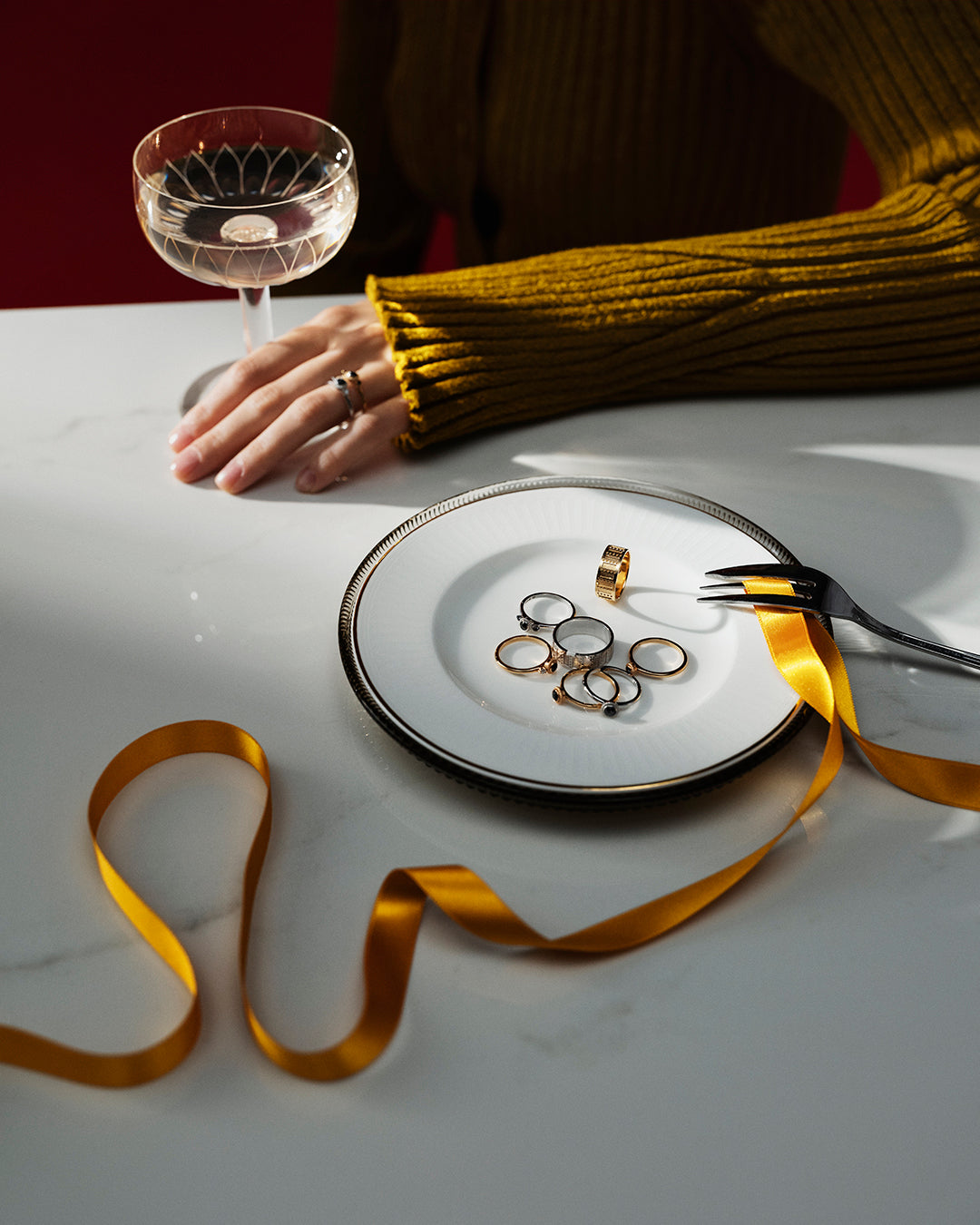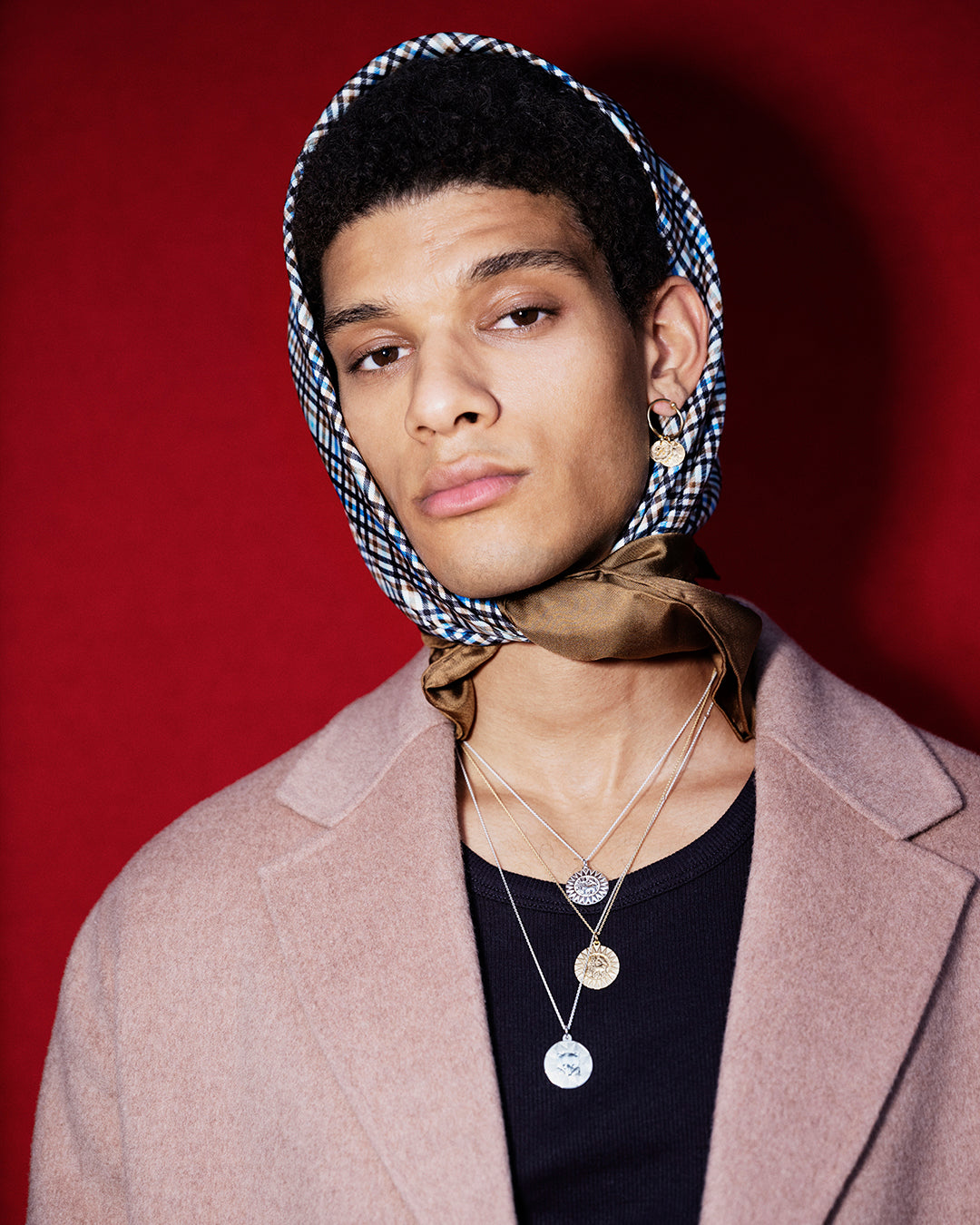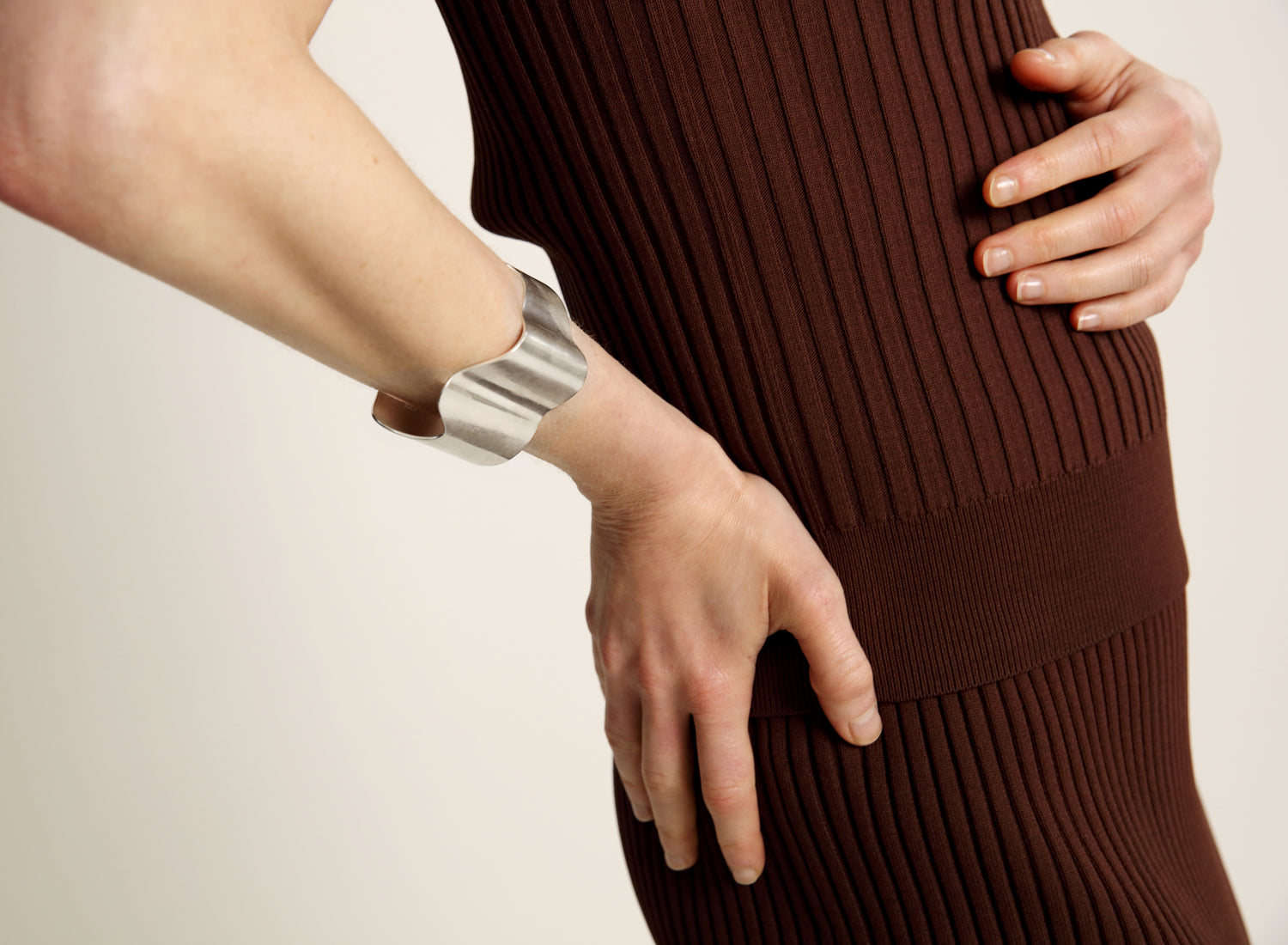Tips for choosing the right size

Tips for choosing the right size ring
Timeless design combined with skillful craftsmanship makes the ring last for time and use. Allow enough time to fit the ring so that you can find the right ring model and the right size for you.

How do I choose the right ring size?
Engagement and wedding ring frames are not adjustable, so you should choose the ring size carefully. The size should be adjusted in the middle of the day at normal room temperature. Since the size of the finger varies depending on the time of day and the weather, the ring may sometimes feel a little loose or tight, but with regular use, the finger will adapt to the ring over time.
Kalevala ring sizes refer to the inner diameter of the ring in millimeters. Another commonly used ring size system is based on the length of the ring's inner circumference (circumference). You can see how the sizes relate to each other in the conversion table.
If you want a ring of the same size as what you already own, you can measure the inner diameter of the ring. You can get the most accurate measurement result with a caliper, but if a caliper isn't available, you can also find out the ring size accurately enough with a ruler. Please note, however, that if the ring is old, it may no longer be completely round and the measurement result may be distorted.
A ring that is too small or too big can usually be modified to fit as a repair job in our own maintenance service. Read more about our maintenance service here .

Tips for choosing the right size necklace
Many factors affect how a necklace fits around the neck: the height of the person, the thickness of the neck, the shape of the shoulders, clavicles, bust. The length of many of our necklaces can be adjusted, and separate extension pieces are also available for necklaces and pendants.
You can test the length of the necklace at home, for example, by cutting a piece of string the length of the desired piece of jewelry, which you can adjust to see how the length fits your neck. Take into account that the size and weight of the charm part affect the positioning of the chain.

How do I choose a bracelet size?
In our online store, the sizes of the rigid bracelets refer to the inner diameter of the bracelet in centimeters. For example, the size 6.0 of an oval bracelet is equal to the longest end-to-end measurement of the oval, in this case 6 centimeters.
You can get the right size by measuring the width of your own wrist and comparing it to the given jewelry size. The best measuring tool is a caliper, but a ruler will also work. The diameter of the jewelry should be somewhat larger than the width of the wrist, so that the jewelry does not squeeze the wrist when the hand moves. You can also measure an already suitable bracelet size using a caliper or ruler.
The sizes of wrist chains and chain-like bracelets are indicated as length in centimeters. The jewelry is measured straight and the length also includes the clasp. If you already have a wrist chain of a suitable size, place it straight on the table and measure with the clasps. If you don't have a model chain, you can use a ribbon or a strip of paper, which you wrap around your wrist and mark a point that seems appropriate. Finally, measure the length indicated by the marking. You can also measure the circumference of your wrist with a tape measure and add a couple of centimeters to it. A bracelet of the right size is not tightly attached to the skin, but there is a little space between the wrist and the jewelry.
Many of our chain-like bracelets have several points where you can attach the lock and in this way adjust the length of the jewelry to fit your wrist.
